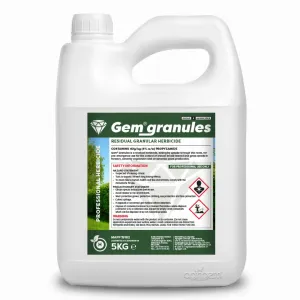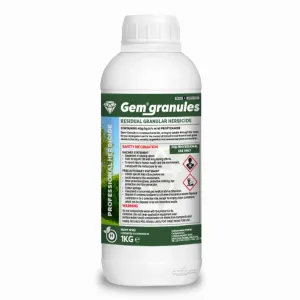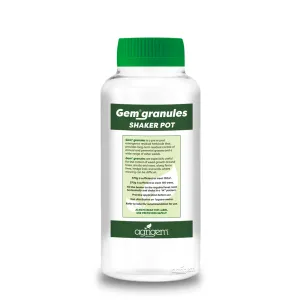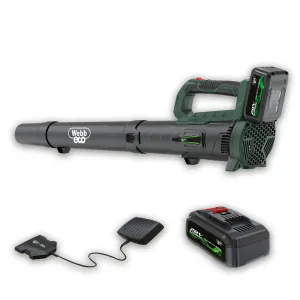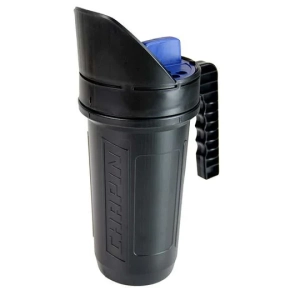Winter-damaged hedges, shrubs and trees can take months to recover, spoiling the look of your spring garden. Reduce the risk of damage and plant loss by preparing these larger plants for the colder weather now.
Throughout winter, make sure you continue to inspect plants for signs of stress, damage or disease, removing any broken or diseased branches to help maintain the health of the plant.
Winter Hedge and Shrub Maintenance Plan
- Rodents can become more active as the weather cools - seeking warmer places to shelter and searching for additional food sources. Rats can gnaw away at shrub and ornamental stems, weakening and stressing plants, so protect against rodent damage with baits and traps.
- Continue watering evergreens and deciduous plants in dry periods. Deciduous shrubs may look dead, but they are just dormant and will still require moisture in very dry weather.
- You can prune deciduous hedges like beech and hazel in winter but avoid pruning evergreens – leave these until spring. Prune on a mild day if possible. Shrubs and trees with branches that form in spring and flower in summer should be pruned later in winter – from February to March.
- Applying mulch to the soil around shrubs and ornamentals in winter can help protect roots from the worse of the cold. As the temperatures fall in late autumn, apply Gem Granules prior to mulching to help deal with any weeds and prevent winter regrowth.
- Consider protecting your most vulnerable shrubs and hedges at night in the coldest weather. Horticultural fleece works well at night, protecting plants from frost but allowing them to breathe. Remember evergreens will still need light, so you could consider using a frame with a polythene cover. Remove protective covers during the day if the weather warms.
- If the weather has been wet and is then followed by very low temperatures, water in the soil can freeze causing heave. As the ground defrosts, the movement can create air pockets, leaving roots exposed and vulnerable to stress. You can help prevent this by gently firming loose soil before the worse of the winter weather sets in.
- Bring potted shrubs inside in very cold weather as these will be more vulnerable to frosts. They may be fine during daylight, but night-time winter temperatures can cause damage to potted plants as their roots are above ground level. If pots are too large to move, consider fleecing them – making sure to use breathable horticultural fleece.
- Brush or blow heavy snowfall off the branches of trees and shrubs to avoid damage to branches and misshaping to ornamentals and sculptural or shaped hedges.
- Support newly planted trees and shrubs with canes to help them withstand winter winds. Secure climbing shrubs with ties to prevent them snapping in high winds.
- Look after your Christmas tree! If you are nurturing a planted tree to bring indoors for the Christmas season, Now is the time to give it a little extra attention. Use Gem Granules around the base of the tree to ensure it isn’t competing for nutrients with weeds, and can continue to look its best.




